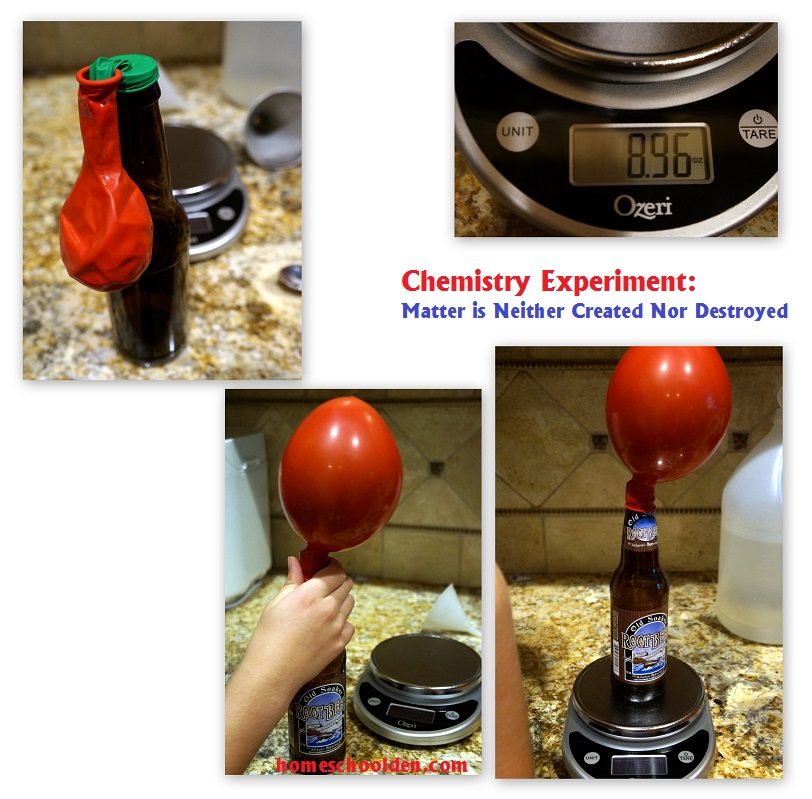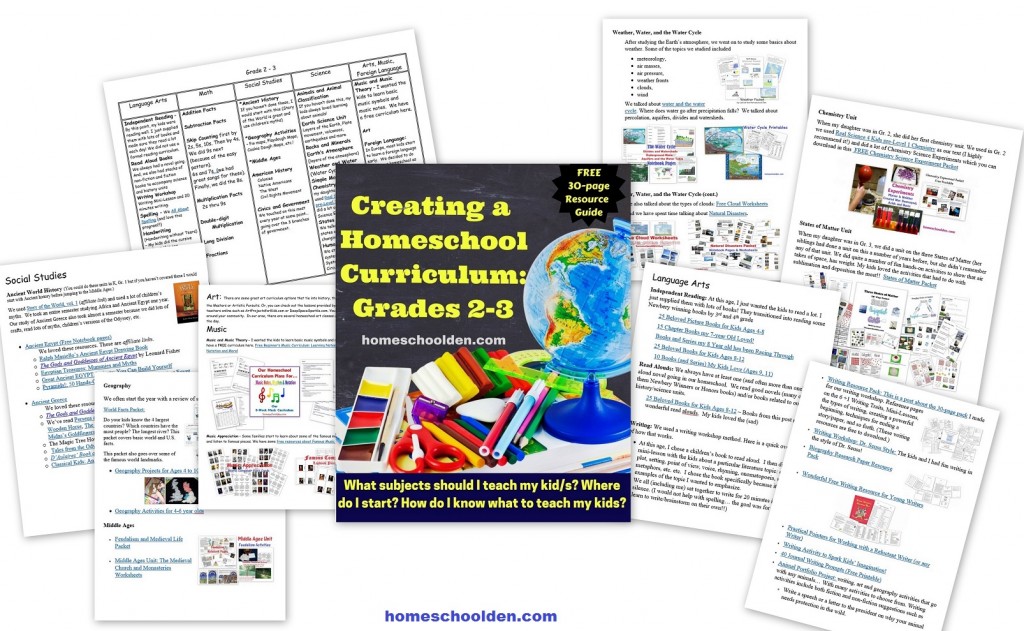Chemistry Experiments for Kids (Grade 2) – Matter is Neither Created Nor Destroyed — Acids and Bases
This semester we’ve been doing a Chemistry Unit for science. We tend to do our science and history units together. In the next two posts, I wanted to share some of the activities I did that were more geared toward my youngest (my older kids have done these before). Then after that I will share the chemistry materials my older two (grades 5 and 7) have used as we’ve delved into a pretty big unit on the Periodic Table.
We used Real Science-4-Kids Chemistry pre-Level I (affiliate link) for ED (who is 7 and in Grade 2). This student textbook is absolutely at the perfect level as an introduction to chemistry. My daughter really enjoyed the illustrations and the analogies used were really useful. She really was able to understand the concepts being explained. We generally just read one chapter together and another day would do a science experiment together (we don’t have the lab book or other resources you can purchase with this series, though they are available). This book covers some challenging topics, but in a way that my daughter really understood (but of course we’ll cover this material again in 2 or 3 years). I had my older two read through this book again as well. For them it was a very quick read.
Another great chemistry book for kids is Explore Atoms and Molecules with 25 Great Projects. (affiliate link) It has a lot of wonderful hands-on activities for kids just learning about chemistry!
If you are looking for a really cute way to introduce young kids to the elements, you might get Amber’s Atoms. (affiliate link) It introduces kids to the first 10 elements of the periodic table. The illustrations are really pretty. It’s a really engaging way to introduce chemistry in it’s simplest form. Each element has a large picture of the atom (showing the nucleus and electron cloud). The target age range is 2-5, but if you are introducing your kids to chemistry (and going into more detail) it might be worth it to get this for a 6 or 7 year old. You can have a really good discussion about the number of electrons and so forth. 🙂
I wanted to share some of the experiments that we did to go along with some of the material in this book. Today I’m going to talk about the first two:
- Matter is Neither Created Nor Destroyed (Molecules switch atoms) – Chapter 3
- Acids-Bases – Chapter 4
You will find the other three chemistry activities we did here (and in the free pdf printable you’ll find at the bottom of this post:
Matter is Neither Created Nor Destroyed (Molecules switch atoms)
This first experiment helped prove the concept that matter is neither created nor destroyed. We have done the vinegar – baking soda experiment many times before, but in this particular experiment we showed that during the reaction no matter was destroyed. We did this by weighing everything before the chemical reaction and then weighing it after. We kept the gases “trapped” with a balloon.
See the blooper in the picture to the right below?!! The first time we did the experiment, some of the gas escaped. We did it a second time with two balloons.

Weigh the bottle before adding the baking soda to the vinegar. Make a note of the weight. Then carefully let the baking soda in the balloon mix with the vinegar in the bottle. Hold the bottle steady. Then carefully weigh the bottle again. It should weigh the same, helping students understand that even though a gas was produced from the reaction, the weight of the materials remained the same.
Be sure to hold the bottle while the reaction takes place!!
We used two balloons to make sure no gas escaped.
I took a picture below for you, but after we took the photo we placed the orange balloon over the lip of the bottle too.
This experiment is always such a hit with the kids! ED was quite little when we did it last time. We read the section about acids and bases in the student text book. We talked about the different properties of acids and bases. Acids tend to be sour and include things like vinegar, lemons, oranges, batteries and other things. Bases tend to be bitter and include things like soap, cleaners, bananas and dates.
To make the indicator, chop up a red cabbage (you can also buy it pre-chopped). Boil it for 10 or 15 minutes, then let it soak for several hours. After it cooled, I covered it and put it in the fridge for the next day.
We filled our test tubes about half way.

The date never did change the cabin indicator. The date was the one in the middle. 🙂

FREE Chemistry Experiment Packet for Kids
You might also be interested in our States of Matter Chemistry Packet. We did a number of hands-on activities with this unit as we talked about the different states and the changing states of matter. We did this unit when my daughter was 8. This is included in our Chemistry BUNDLE.


Disclosure: Please note that some of the links in this post and in the packet above are affiliate links, and at no additional cost to you, I will earn a commission if you decide to make a purchase.
If you have older kids, you might be interested in our latest chemistry packet.
Chemistry Packet: Periodic Table, Atoms & Atomic structure, Valence Electrons, Bohr Diagrams, Electron Dot Diagrams & More!
Other chemistry posts that may be of interest:
- Chemistry Unit: A Study of the Periodic Table
- Chemistry Experiments for Kids (Grade 2) – Matter is Neither Created Nor Destroyed — Acids and Bases
- Chemistry Experiments for Kids (Grade 2) – Mixtures, Chromatography, DNA Kit
- Explosion of Colors in Milk Experiment and Other Chemistry Fun!
- Chemistry Unit: The Size of Atoms
- States of Matter: Solid, Liquid, Gas — Learning Activities
- Chemistry: Molecule Movement Experiment and Chemistry Review Worksheet These notebook pages are free.
- Science Experiments: Water Molecule Attraction
- Building Molecules Chemistry Activity This also has some free notebook pages about building molecules:
Your young learner might also be interested in our unit on Simple Machines:
My kids also loved our Earth Science Unit!
In this post, I also mentioned our Study of Cells Unit. You will find that packet and more information here: Cell Unit: Cell Organelles and their Function, Animal vs. Plant Cells, Eurkaryotic vs. Prokaryotic Cells, and more (My kids were 9 and 11 when we first did this unit… my 7 year old did it too! Then, we continued to come back to this most every year adding to what we knew… for example going into plant cells & studying the layers of the leaf another year.)
You might also be interested in this FREE Resource guide:
See you again soon here or over at our Homeschool Den Facebook Page! Don’t forget to Subscribe to our Homeschool Den Newsletter. You might also want to check out some of our resources pages above (such as our Science, Language Arts, or History Units Resource Pages) which have links to dozens of posts. Don’t forget to check out Our Store as well. ~Liesl










































































